How and how to feed onions in spring?
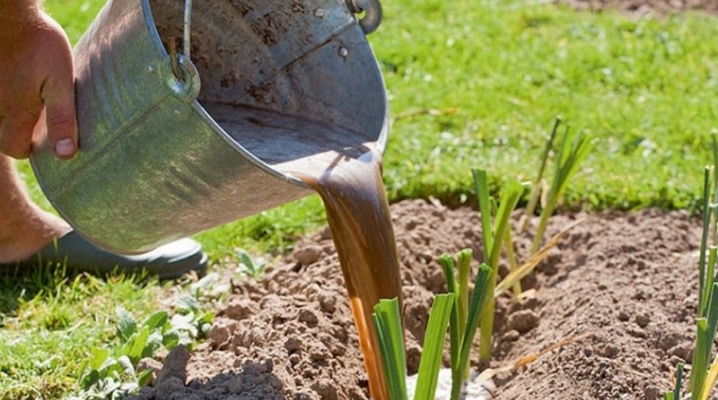
Although onions are unpretentious crops, in order for them to please gardeners with good yields, they must be fed regularly. It is especially important to do this in the spring, when the vegetable is so lacking in nutrients.
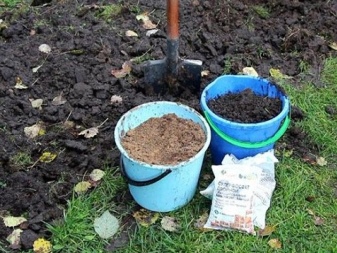
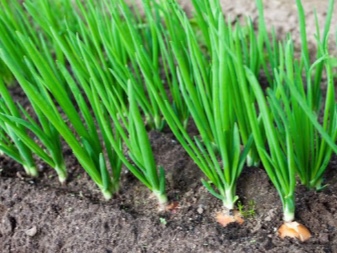
Fertilizer overview
For feeding onions, different types of fertilizers are used.
Mineral
Purchased mineral fertilizers are used by gardeners quite often. They are represented by three main groups.
- Potash... They contribute to the accumulation of sugar in the bulbs and improve their taste. In addition, potassium increases the resistance of onions to various diseases. The list of these fertilizers includes potassium nitrate, potassium magnesium, potassium chloride.
- Nitrogen... They stimulate active growth of the bulbs. Most often, ammonium nitrate or urea is used for feeding.
- Phosphoric... This category includes superphosphate, nitroammophoska, phosphate rock. Phosphorus provides metabolic processes and increases the yield of onions.
When feeding plants with these fertilizers, you must adhere to the following rules:
- dilute the dry product in a special container that is not used for cooking;
- dilute the product with warm water;
- always strictly observe the dosage;
- do not allow the solution to get on the greens;
- use fertilizers only after watering the soil.
It is also worth paying attention to the peculiarities of the soil in which the onion grows. If it is clayey, the concentration of fertilizers must be reduced. In the event that the onions are planted on light sandstones, the dosage is increased, since all the useful elements from the soil are very quickly washed out.
In addition, it must be remembered that superphosphate acidifies the soil. Therefore, the area where this phosphorus fertilizer is used must be additionally calcareous.
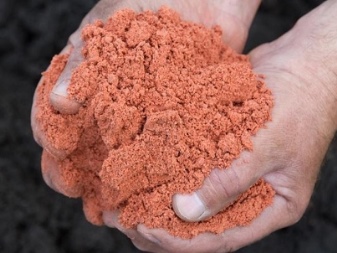
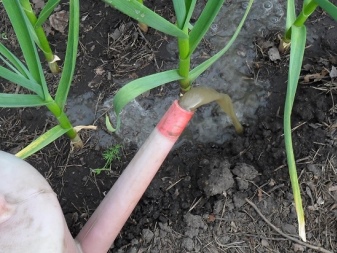
Organic
You can also feed onions in spring with organic fertilizers. Most often, gardeners give their preference to manure, herbal infusions and wood ash. As a rule, organics are used for the first and second feeding.
When choosing such fertilizers, it is worth considering some of their features.
- Onions do not react well to feeding with fresh manure. Therefore, it is worth using only a rotted product.
- You cannot use too much fertilizer to achieve a greater effect. This will only harm the plant, because it will begin to actively grow greenery. The bulb will form very slowly.
- Choose with caution when choosing organic foods. They must not contain weed seeds.
Organic solutions for plant nutrition are usually prepared in advance.
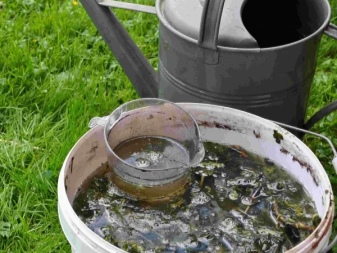
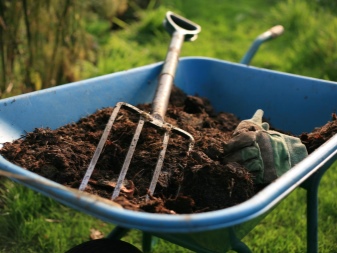
Purchased
In specialized stores, you can buy a full range of onion fertilizers. You need to use them very carefully, following the instructions on the package. To fertilize onions, agents such as "Citovit", "Clean sheet" and "Agricola-2". You need to work with them carefully. You need to water the plants at the root, making sure that the product does not fall on the feathers.
Folk remedies
Many gardeners use folk remedies to fertilize onions. They are completely safe, easy to use and affordable.
Ammonia
This product is often used to feed onions.... It is an excellent source of nitrogen. Ammonia stimulates the growth of onions and increases their yield. The use of this nitrogenous top dressing makes the onion feathers juicy and bright green. You can also feed winter onions with such a product. A simple solution is used to fertilize the plants.It is prepared from 1.5 tbsp. l. ammonia and 5 liters of water. This liquid is used for watering the onions at the root.
Sprayers should not be usedbecause the substance is sprayed and the bulbs receive little or no benefit from this treatment. It is necessary to use ammonia for processing plants very carefully. The solution can be prepared only on the street... For your safety, you should wear gloves and glasses.
It is advisable to use this product only outdoors. If it is used in a greenhouse, the room will need to be thoroughly ventilated after processing.
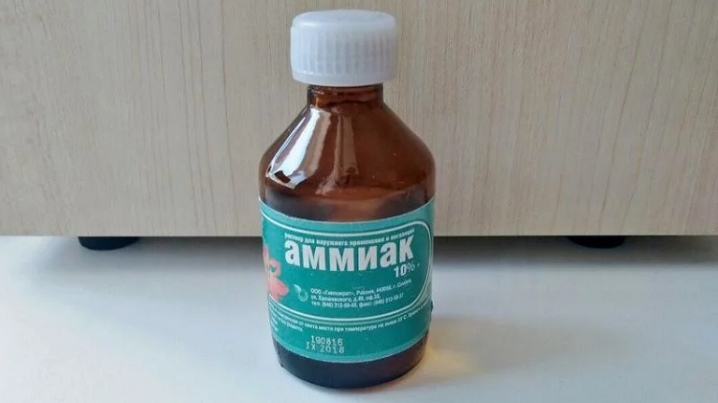
Yeast
For feeding young onions, both fresh and dry yeast are used. If fertilizer is used correctly, the plant will grow very quickly. Yeast also makes onions more resistant to fungal diseases and pest attacks. They saturate the soil with potassium, phosphorus, nitrogen and oxygen.
Watering the onion sets is best yeast solution with ash. To prepare it, you need to dissolve 100 grams of yeast in a bucket of water. There you also need to add 50 grams of sugar and a tablespoon of sifted wood ash. Stir the mixture again and leave in a warm place for 2 hours. It is worth adding this product at the beginning of the growing season. For repeated feeding, it is not used. Fertilizing onions with yeast is only worthwhile in warm weather, otherwise there will be no result.
Wood ash
This product is used to feed young onions and in pure form... To prepare the infusion, 2 cups of sifted wood ash must be diluted in a bucket of warm water. You can use the product for irrigation the next day after its preparation. In this case, top dressing will be as useful as possible for the plant.
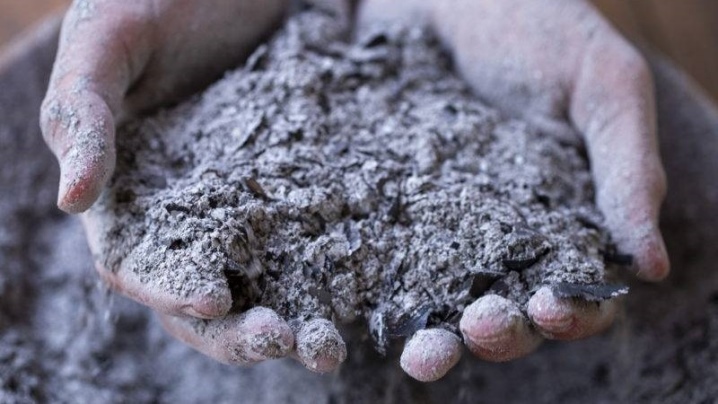
Herbal infusion
Concentrated herbal infusions are usually used as a second feeding. They are rich in potassium and phosphorus, so they bring many benefits to plants. For watering onions, it is worth collecting a kilogram of herbs, chopping them finely and pouring a bucket of warm water over them. You need to insist the resulting product within a week. After that, the solution must be diluted 1 to 1 and used for watering onions in the beds.
Manure
Plants can be watered with both mullein and a solution of bird droppings or horse manure. Before using all these products, they must be prepared in advance.
- Mullein... The preparation of cow dung infusion is very simple. It is diluted with water in a ratio of 1 to 10 and insisted in a warm place for a week. After this time, the resulting solution is again diluted with water. This time in a ratio of 1 to 5. After that, the infusion can be immediately used for processing plants. The resulting liquid is usually watered between rows on onion beds.
- Horse dung. In 20 liters of water, 1 liter of this product is diluted. Insist it for a week in a warm place. After this period, the product is re-diluted with water. Take 10 liters of water per liter of the resulting solution.
- Kuryak... Bird droppings are also often used to fertilize onions. To prepare the solution, a liter of manure is diluted in 35 liters of water. Insist on it for about two weeks. After the product is diluted with water and used on its site. It is not worth using pure bird droppings, because it contains a very large amount of uric acid, which can burn onions.
Feeding plants with such simple foods allows them to get the maximum amount of nutrients. In this case, green spaces are not affected.
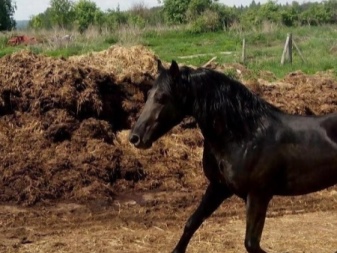
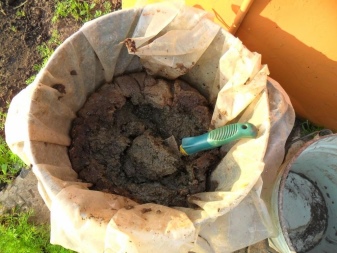
Features of the introduction
When feeding onions in the spring, you must adhere to certain rules so as not to harm the plants.
- You need to make top dressing in the evening or in the morning. During the day, you can fertilize onions only in cloudy weather.
- Before fertilizing, the plants must be well watered. This is done 1-2 hours before feeding. In this case, the plant will receive the maximum amount of nutrients.
- If fertilizers were applied to the soil before planting, in the future the plants will only need light feeding.
- Don't overfeed your plants. An excess of nutrients will only harm them.
- Expired purchased fertilizers must not be used. After the expiration date, the drugs lose all their beneficial properties.
You can apply fertilizer several times in the spring. As a rule, feeding is used three times per season.
- The first... You can feed the onion in early spring as soon as it grows 10-15 centimeters. This usually happens two weeks after germination. At this stage, nitrogen must be added to the soil. It promotes the formation of greenery. At the same time, do not overdo it with fertilizers. After all, nitrogen can also slow down the ripening process of the bulb, as well as reduce the yield of the plant.
- The second... For the second time, fertilizers are applied at the end of April or at the beginning of May. At this stage, the plant needs phosphorus and potassium. But it is no longer worth using nitrogen at this time, so that the onion heads are not small. In order to reduce the acidity of the soil, calcium-rich dressings are used.
- Third... At the end of spring, the plants are fed with a phosphorus-potassium solution. The product stimulates the development of the crop. At this stage, most gardeners use superphosphate. 40 grams of the substance is diluted in 10 liters of water. If the soil is rich, it is not necessary to fertilize the plants a third time in the spring. Onions planted for the winter usually do not need such feeding.
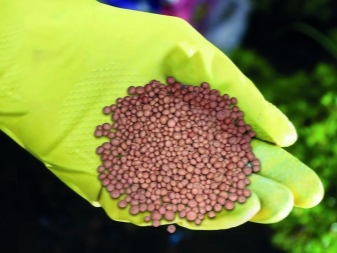
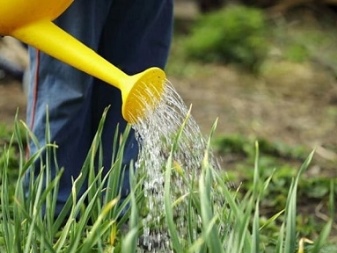
It should be noted that this feeding scheme is conditional. Experienced gardeners are usually guided by the appearance of plants.
- If the onion feathers start to fade and become weak, fertilizers containing nitrogen should be used.
- Yellowing feathers indicate a low potassium content in the soil.
- The dry tips of the greenery remind you to fertilize the plants with phosphorus.
If you fertilize the onions correctly in the spring, they will have enough essential nutrients for the whole year.
For information on what and how to feed onions in spring, see the next video.













The comment was sent successfully.